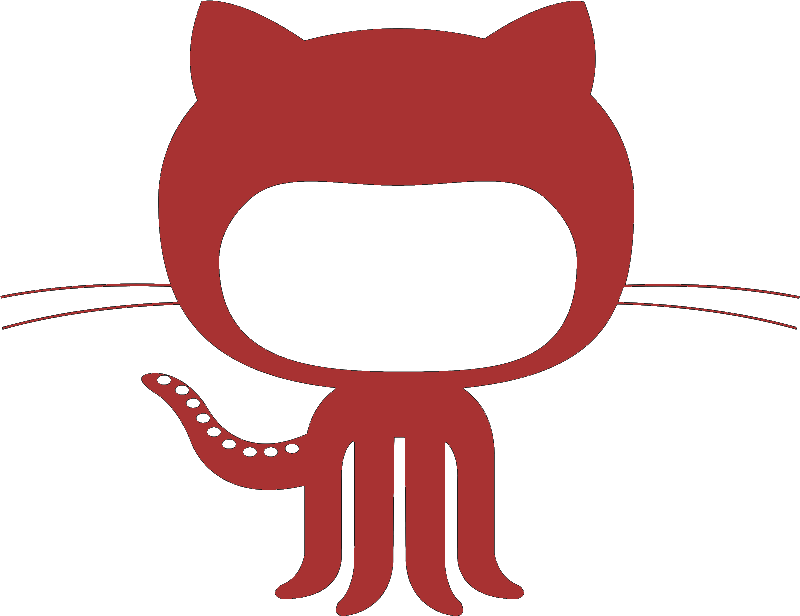Weekly journal article roundup
What this is This is a personal roundup of articles that have come out in past week that I found interesting. This page is more of a set of public bookmarks of things that I glanced through and found interesting, and where I can easily add public notes. This is meant to hold me accountable for my weekly reading goals, but also curate a list of interesting papers that others might find useful.
What this isn’t This page is NOT a catalog of papers that I have read carefully. I construct this list automatically from an RSS feed, so more often that not, all I’ve read is the abstract. I can’t guarantee that links aren’t repeated! If you find anything here interesting I’d be more than happy to chat about it!
Week 34, Aug 2022
- (eLife - Published Papers) Tradeoff breaking as model of evolutionary transitions in individuality and the limits of the fitness-decoupling metaphor
- (NPJ Systems Biology and Applications) An expanded whole-cell model of E. coli links cellular physiology with mechanisms of growth rate control
- (J. Evol. Bio.) The phenomenon of red and yellow autumn leaves: Hypotheses, agreements and disagreements
- (eLife - Published Papers) DetecDiv, a generalist deep-learning platform for automated cell division tracking and survival analysis
- (PNAS - Systems Biology) Inferring gene regulation from stochastic transcriptional variation across single cells at steady state
- (eLife - Published Papers) Data-driven causal analysis of observational biological time series
- (PNAS - Comp Bio, Biophy) Evolution and folding of repeat proteins
Week 07, Feb 2022
- (eLife - Upcoming) Barcoded Bulk QTL mapping reveals highly polygenic and epistatic architecture of complex traits in yeast
- (PLOS CB) Regulatory network-based imputation of dropouts in single-cell RNA sequencing data
- (eLife - Published Papers) Patient-specific Boolean models of signalling networks guide personalised treatments
- (PLOS CB) Elucidating multi-input processing 3-node gene regulatory network topologies capable of generating striped gene expression patterns
- (eLife - Published Papers) A guanosine tetraphosphate (ppGpp) mediated brake on photosynthesis is required for acclimation to nitrogen limitation in Arabidopsis
- (PLOS CB) gmxapi: A GROMACS-native Python interface for molecular dynamics with ensemble and plugin support
- (PNAS - Comp Bio, Biophy) Structural mechanism of allosteric activation of TRPML1 by PI(3,5)P2 and rapamycin (Biophysics and Computational Biology)
- (Science Signaling) Phenotypic variability, not noise, accounts for most of the cell-to-cell heterogeneity in IFN-γ and oncostatin M signaling responses
Week 06, Feb 2022
- (PLOS CB) Classical mathematical models for prediction of response to chemotherapy and immunotherapy
- (PLOS CB) A mechanistic modeling framework reveals the key principles underlying tumor metabolism
- (eLife - Upcoming) SWI/SNF senses carbon starvation with a pH-sensitive low complexity sequence
- (eLife - Upcoming) Barcoded Bulk QTL mapping reveals highly polygenic and epistatic architecture of complex traits in yeast
- (PLOS CB) Slow nucleosome dynamics set the transcriptional speed limit and induce RNA polymerase II traffic jams and bursts
- (PLOS CB) Quantifying cumulative phenotypic and genomic evidence for procedural generation of metabolic network reconstructions
- (eLife - Published Papers) Cdc6 is sequentially regulated by PP2A-Cdc55, Cdc14, and Sic1 for origin licensing in S. cerevisiae
- (PNAS - Systems Biology) In vitro cell cycle oscillations exhibit a robust and hysteretic response to changes in cytoplasmic density (Systems Biology)
Week 05, Feb 2022
- (PLOS CB) Elementary vectors and autocatalytic sets for resource allocation in next-generation models of cellular growth
- (PLOS CB) Analytical kinetic model of native tandem promoters in E. coli
- (PLOS CB) RNA length has a non-trivial effect in the stability of biomolecular condensates formed by RNA-binding proteins
- (PLOS CB) Identification of dynamic mass-action biochemical reaction networks using sparse Bayesian methods
- Work on inferring mass-action systems from data. The authors note that combinatorial explosion limits the utility of this apporach to about 20 species, which I also observed in BoolODE.
- (PNAS - Comp Bio, Biophy) Structural and mechanistic basis of reiterative transcription initiation (Biophysics and Computational Biology)
- Hadn’t heard of reiterative transcription before.
Week 04, Jan 2022
- (PLOS CB) Evolution enhances mutational robustness and suppresses the emergence of a new phenotype: A new computational approach for studying evolution
- (PNAS - Comp Bio, Biophy) Volumetric compression develops noise-driven single-cell heterogeneity (Biophysics and Computational Biology)
- (PNAS - Comp Bio, Biophy) On the sparsity of fitness functions and implications for learning (Biophysics and Computational Biology)
- (eLife - Upcoming) A theory of synaptic transmission
- Propose a model of synaptic function at the level of vesicle release. The model deals with the synaptic physiology integrating nerutransmitter release unlike the Hodgkin-Huxley neuron which only deals with action potentials fron within a neuron.
- (Cell) Fundamental behaviors emerge from simulations of a living minimal cell
- (eLife - Upcoming) An empirical energy landscape reveals mechanism of proteasome in polypeptide translocation
- (eLife - Upcoming) Disruption of the TCA cycle reveals an ATF4-dependent integration of redox and amino acid metabolism
- “TCA cycle inhibition mimics an amino acid deprivation-like response and promotes compensatory reprogramming” in kidney cells.
- (PLOS CB) Identification of periodic attractors in Boolean networks using a priori information
- (PNAS - Comp Bio, Biophy) Multivalency enables unidirectional switch-like competition between intrinsically disordered proteins (Biophysics and Computational Biology)
- (eLife - Upcoming) Systematic analysis of naturally occurring insertions and deletions that alter transcription factor spacing identifies tolerant and sensitive transcription factor pairs
- (eLife - Published Papers) Predicting bacterial promoter function and evolution from random sequences
- (PNAS - Cell Biology) A compensatory link between cleavage/polyadenylation and mRNA turnover regulates steady-state mRNA levels in yeast (Cell Biology)
- (Genetics) Genetic basis of a spontaneous mutation’s expressivity
Week 43, Dec 2021
-
First-principles model of optimal translation factors stoichiometry Lalanne and Li build on a class of coarse grained growth models, first started by Scott and Hwa in 2010.
- Pathway dynamics can delineate the sources of transcriptional noise in gene expression
- GCN2 adapts protein synthesis to scavenging-dependent growth
- Single-cell growth inference of Corynebacterium glutamicum reveals asymptoticallylinear growth
- Dynamics and variability in the pleiotropic effects of adaptation in laboratory budding yeast populations
- Quantitative theory for the diffusive dynamics of liquid condensates
- The network structure affects the fixation probability when it couples to the birth-death dynamics in finite population
- Loss of major nutrient sensing and signaling pathways suppresses starvation lethality in electron transport chain mutants
- Functional attractors in microbial community assembly
- Reduction in gene expression noise by targeted increase in accessibility at gene loci
- Protein phosphatase 2A (PP2A) promotes anaphase entry after DNA replication stress in budding yeast
- Cell geometry, signal dampening, and a bimodal transcriptional response underlie the spatial precision of an ERK-mediated embryonic induction



